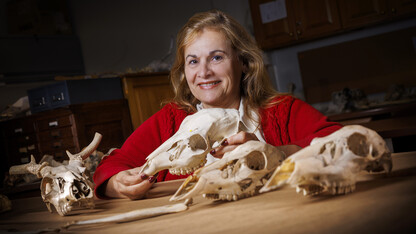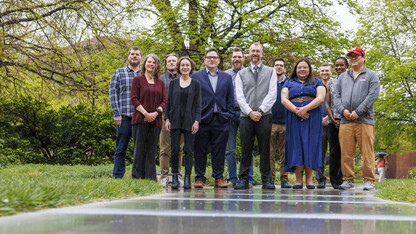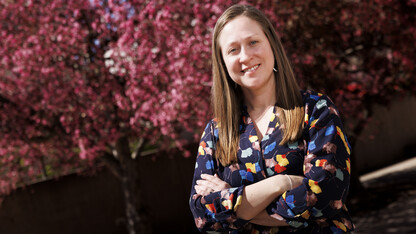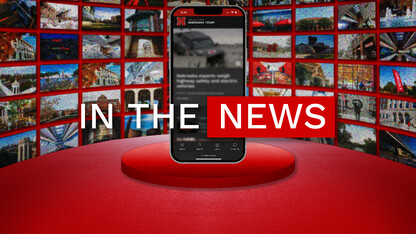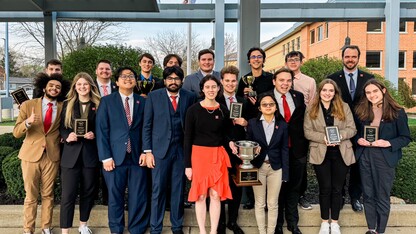· 3 min read
Sheldon exhibitions examine nature, freedoms
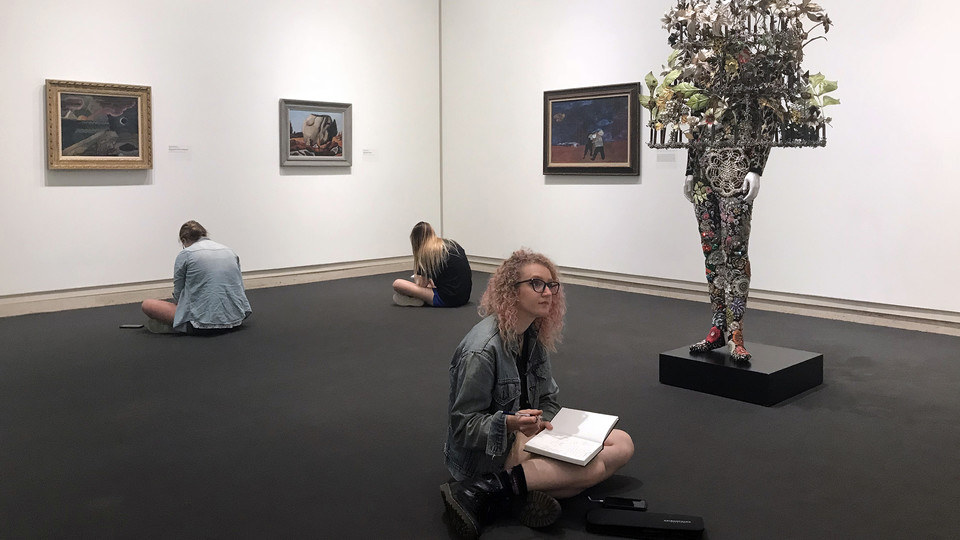
Sheldon Museum of Art is starting Nebraska’s fall semester with a pair of new exhibitions.
The two exhibitions, “Approaching Landscape” and “For Freedoms: In the Future Days,” explore issues already on the minds of many people.
“As we navigate daily through social and physical landscapes, we are increasingly more cognizant of and vocal about change,” said Wally Mason, director and chief curator at Sheldon. “‘Approaching Landscape’ focuses our attention on the convergence of nature and culture, on crossroads of human activity and perception.
“‘For Freedoms’ is an effort to draw on past and current events that shape or have shaped where we find ourselves currently.”
Both exhibitions are on display through Dec. 31. Sheldon is open seven-days-a-week, including extended hours, 10 a.m. to 7 p.m., Thursdays and Fridays. Admission is free to all.
“Approaching Landscape” features more than 90 artworks from the museum’s permanent collection and several loaned pieces. The exhibition examines how artists depict natural, built and imaginary environments, exploring the complex relationships humans have with places.
Free, public programming related to “Approaching Landscape” includes:
Oct. 8, 6 p.m. — Photographers John Divola and Anthony Hernandez will discuss a shared interest in depicting remote and abandoned spaces in pursue of the contemporary landscape. Toby Jurovics, chief curator at the Joslyn Art Museum, will serve as moderator.
Nov. 1, 6 p.m. — A panel that includes Katrina Jagodinsky, Susan J. Rosowski Associate Professor of History; Sarah Karley, associate professor of landscape architecture; and Tom Lynch, professor of English, will discuss how landscape has been perceived, altered and imagined in modern history.
The enduring relevance of Franklin Delano Roosevelt’s 1941 “Four Freedoms” address is explored in the “For Freedoms: In the Future Days” exhibition.
The exhibition includes paintings, photographs, prints and sculpture that explore freedoms of speech and religion alongside freedoms from want and fear. The four areas, outlined by Roosevelt in 1941, became the basis for the Universal Declaration of Human Rights issued by the United Nations in 1948.
This Sheldon exhibition is part of the 50 State Initiative, a nonpartisan project organized by the artist-run For Freedoms Federation to advance art as a means of inspiring civic participation throughout the nation.
A free, public presentation will be led by Eric Gottesman, artist and cofounder of the For Freedoms Federation, at 6 p.m. Sept. 27. Gottesman will also work with University of Nebraska–Lincoln students during his visit.

